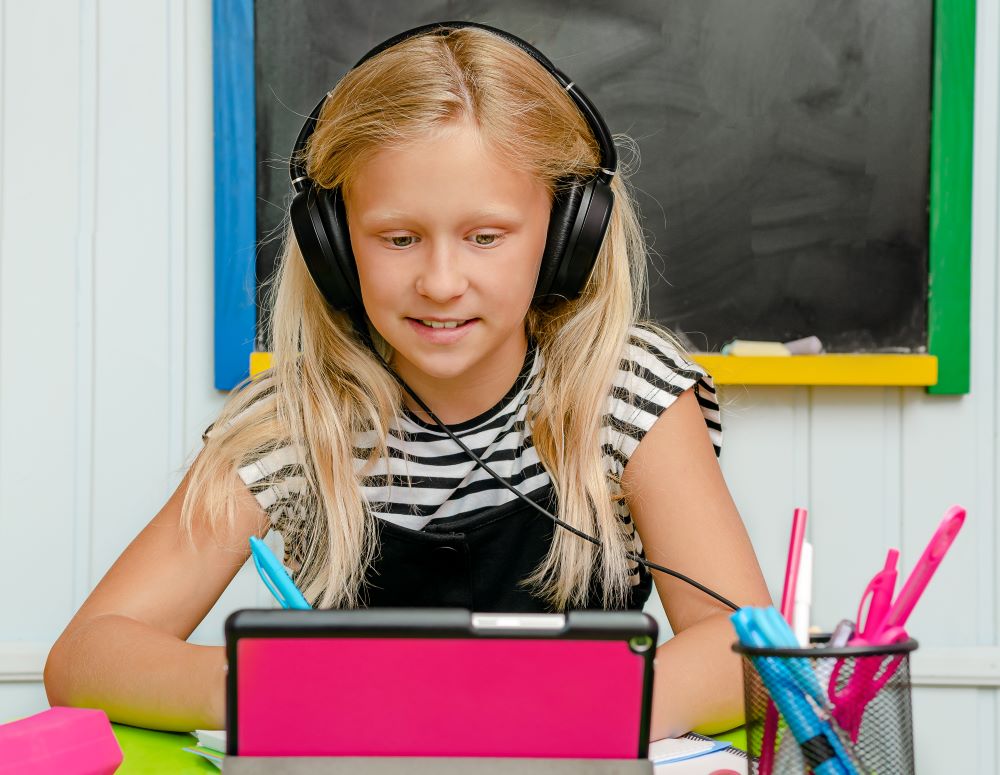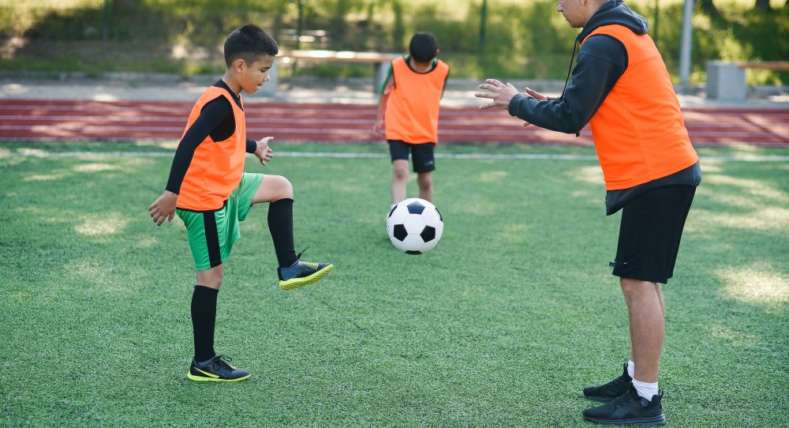Approximately 20% of children in the United States speak a language other than English at home, with Spanish as the most common non-English language. The research on the benefits of bilingualism is constantly growing. Becoming bilingual supports children to maintain strong ties with their entire family, culture, and community—key parts of a child developing his or her identity.
However, some big misconceptions about learning two languages persist. Here are some of the common myths that parents may have heard—and set
the record straight:
1. Myth:
Exposing infants and toddlers to more than one language may cause delays in their speech or language development.
Fact:
Milestones of pre-language development are the same in all languages. Like other children, most bilingual children speak their first words. By age two, most bilingual children can use two-word phrases (i.e., my ball, no juice). These are the same developmental milestones for children who learn only one language. A bilingual toddler might mix parts of a word from one language with parts from another language. While this might make it more difficult for others to understand the child’s meaning, it is not a reflection of abnormal or delayed development. The total number of words (the sum of words from both languages the child is learning) should be comparable to the number used by a child the same age speaking one language.
2. Myth:
Speaking two languages to a child may cause a speech or language disorder.
Fact:
If a bilingual child has a speech or language problem, it will show up in both languages. However, these problems are not caused by learning two languages. Bilingualism should almost never be used an explanation for speech or language disorder.
3. Myth:
Learning two languages will confuse your child.
Fact:
Some bilingual children may mix grammar rules from time to time, or they might use words from both languages in the same sentence (i.e., “quiero mas juice” [I want more juice]). This is a normal part of bilingual language development and does not mean that your child is confused. Usually by age 4, children can separate the different languages but might still blend or mix both languages in the same sentence on occasion. They will ultimately learn to separate both languages correctly.
4. Myth:
Children with speech or language processing disorders can have more difficulty learning a second language.
Fact:
Children with speech and language disorders may have more difficulty learning a second language but research shows many can do so successfully.
5. Myth:
Bilingual children will have academic problems once they start school.
Fact:
The school setting that best suits bilingual children depends on the age of the child. Immersion in an Back to Top
English language-speaking classroom is the best approach for younger children, but is less effective for older students. For example, older kids in high school would be better served to get instruction in the language they know while they’re learning English. Research shows many academic advantages of being bilingual, including superior problem solving and multitasking skills, as well as increased cognitive flexibility.
6. Myth:
If a child does not learn a second language when he or she is very young, he or she will never be fluent.
Fact:
Although the ideal language-learning window is during the first few years of life—the most rapid period of brain development—older children and adults can still become fluent in a second language.
7. Myth:
If a child is not equally fluent in both languages, he or she is not truly bilingual.
Fact: Many people who are bilingual have a dominant language, which can change over time, depending on how often the language is used. In the United States, it is not uncommon for a child’s dominant language to become English—school-aged children usually prefer to speak in the majority language instead of the one that is spoken by their parents. Just because someone is not equally fluent in both languages does not mean he or she is not bilingual. Regular use and practice of verbal communication, along with writing and reading, will help children (and adults) retain their second language long-term.
Source: https://healthychildren.org/




